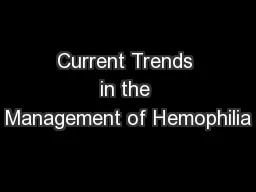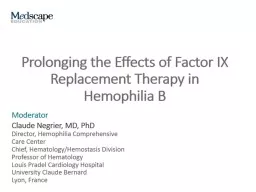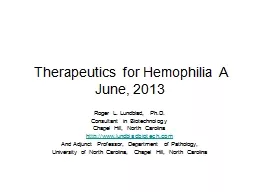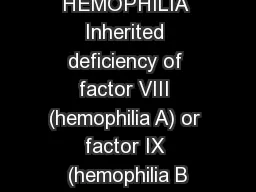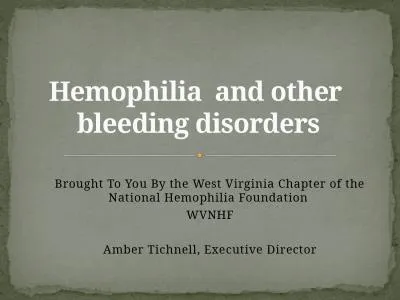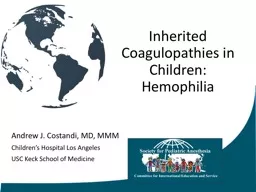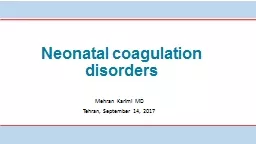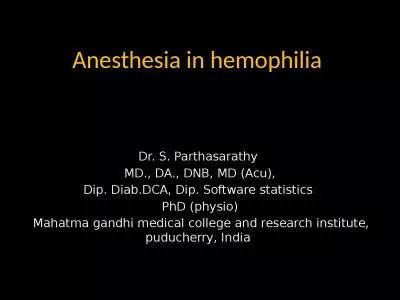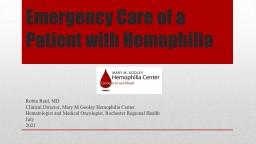PPT-Current Trends in the Management of Hemophilia
Author : phoebe-click | Published Date : 2016-10-29
December 4 2015 Developed through a collaboration between Moderator 2 Maria Elisa Mancuso MD PhD Haematologist Angelo Bianchi Bonomi Hemophilia and Thrombosis Center
Presentation Embed Code
Download Presentation
Download Presentation The PPT/PDF document "Current Trends in the Management of Hemo..." is the property of its rightful owner. Permission is granted to download and print the materials on this website for personal, non-commercial use only, and to display it on your personal computer provided you do not modify the materials and that you retain all copyright notices contained in the materials. By downloading content from our website, you accept the terms of this agreement.
Current Trends in the Management of Hemophilia: Transcript
Download Rules Of Document
"Current Trends in the Management of Hemophilia"The content belongs to its owner. You may download and print it for personal use, without modification, and keep all copyright notices. By downloading, you agree to these terms.
Related Documents

